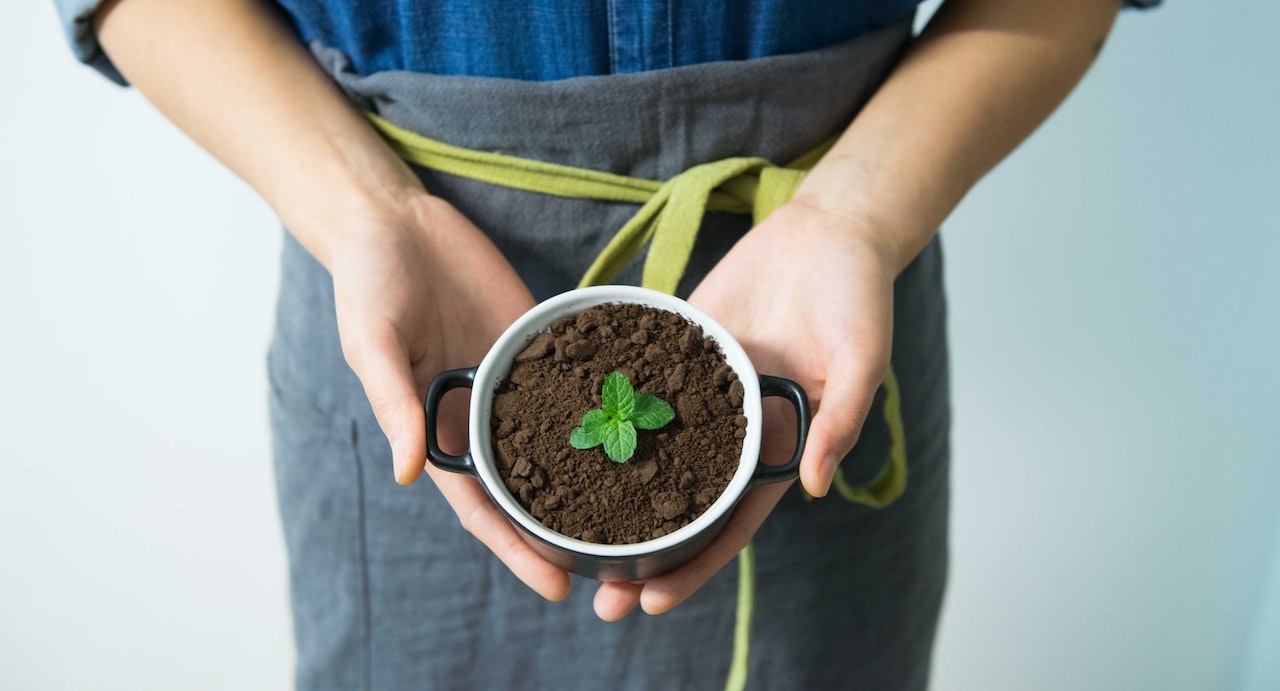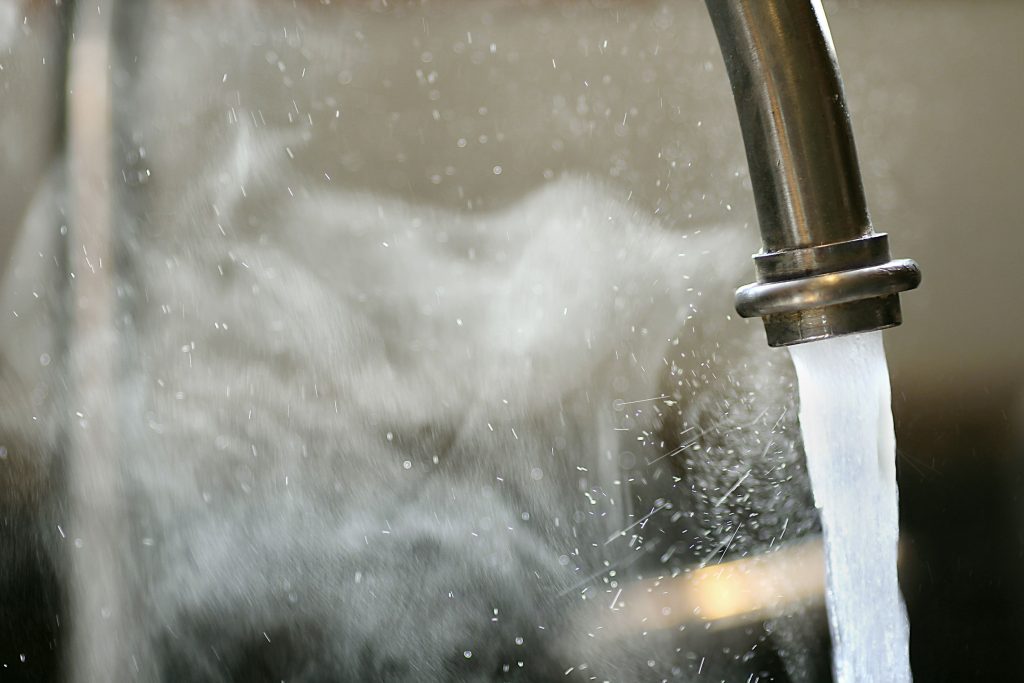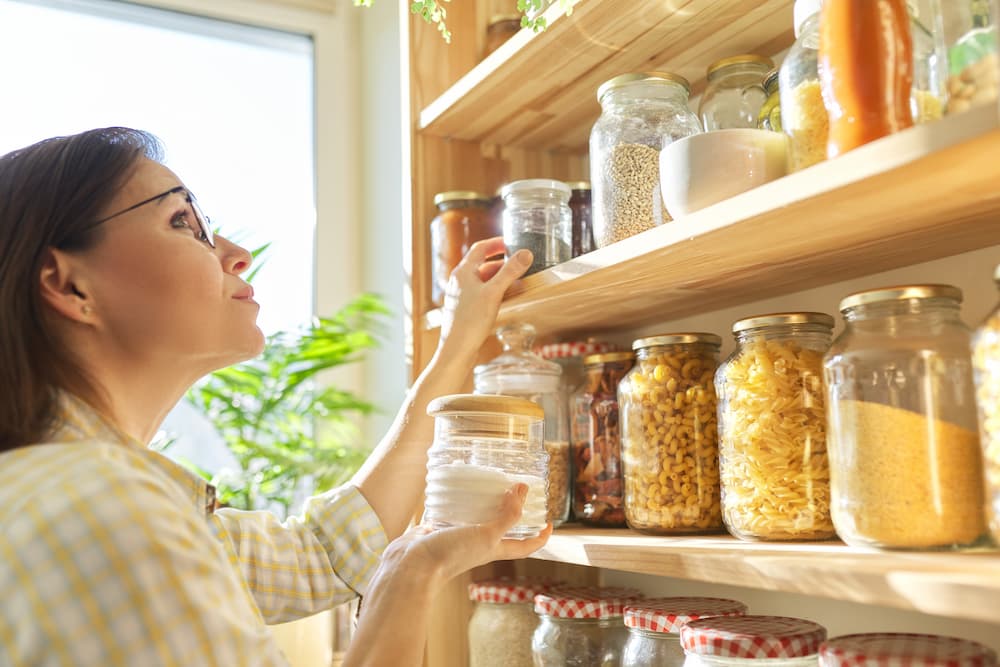
Eco-friendly (And Convenient) Alternatives For Everyday Kitchen Products
Whenever we use a plastic cup or straw, most of us feel guilty about it as we are well aware of the fact that it is taking over our planet gradually. If you want to make a change, home is the best place to start! Household consumptions are one of the main sources of carbon emissions. So changing household habits and switching to eco-friendly household products is a big step towards going green. These environment-friendly habits can also help reduce water and energy wastage. If you are willing and eager about going green but finding it difficult to start, hopefully, this will be able to help you get going.
Eco-friendly beverage habits:

Did you know that your beverage habits are causing damage to the planet? If you are a tea person, you might think you are on the right track. Let me tell you, you are not making an environmentally friendly choice if you are still using a kettle to make tea. Almost every person ends up not using all of the hot water from kettles. This might seem like nothing but you are wasting water and energy every time you are making a cup of tea. But you can solve this problem by using a boiling water tap. Also, if you are drinking tea using a tea bag ( which sometimes contains plastic and that is bad for your health too ) you are increasing paper and plastic waste. Try to switch to loose tea leaves and a strainer or infuse tea leaf balls.
Food storage:

Usually every household uses plastic food storage bags or cellophane wraps to store food or preserve them. The convenient alternative for these products can be silicone food storage bags and beeswax wraps. There are a lot of products like stretch silicone covers, or cloth sacks and they are reusable and easy to use. These products are not only eco-friendly but also have a big influence on reducing food wastage. Using plastic containers poses both health and environmental risks, so switching to wooden or glass containers and other healthy alternatives is the wise thing to do. Using upcycled glass jars is another way to reduce your carbon footprint, so you can also repurpose glass containers or mason jars to solve food storage problems.
Towels and cleaning supplies:

The individual carbon footprint of a paper towel is really small but collectively they are a big reason for global warming. You can make a big difference by switching to cloth towels. They are reusable, reduce waste and work as good as paper towels. Another thing you can change in your kitchen to reduce your carbon footprint is cleaning supplies. The easiest way to do this is by repurposing old clothes. Rather than using plastic or other materials for cleaning and dusting, use upcycled clothes. You can also make surface cleaner using vinegar, rubbing alcohol, soap etc. and make sure you are using biodegradable soap. When you use homemade cleaning supplies like floor cleaners, stain removers or disinfectant wipes, you are reducing packaging plastic usage too. And they are cheaper than the store-bought ones so it is a win-win situation for everyone.
